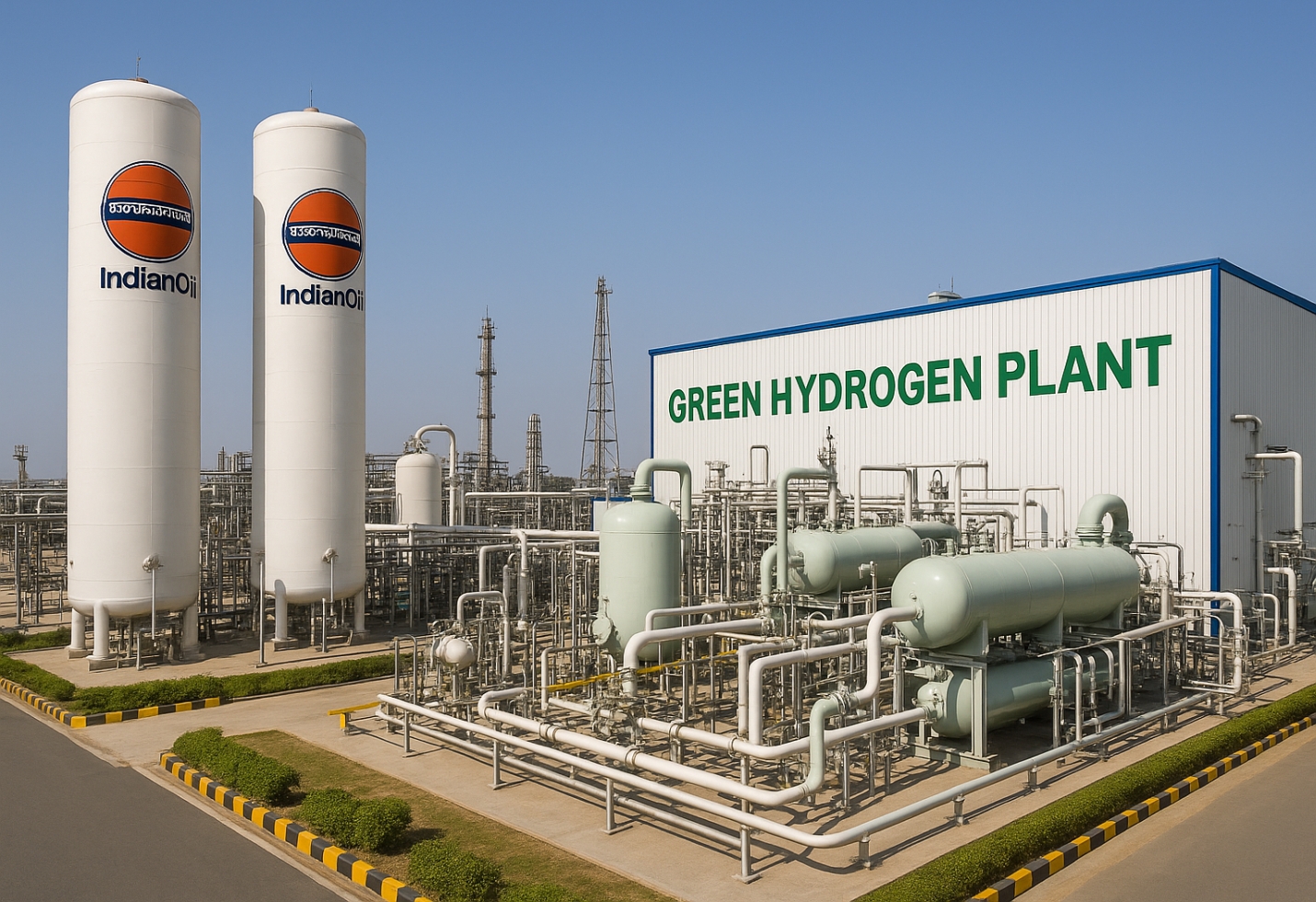LIC Leads ₹1 Lakh Crore Market Cap Surge Among Top Indian Firms
Despite a dip in the equity market, four of India’s top 10 valued companies witnessed a strong rise in valuation, led by LIC’s sharp growth.
Market Uptick for Select Giants Amid Broader Market Weakness
In a mixed week for the Indian stock market, four out of the top 10 most valuable companies delivered significant gains in market capitalization, collectively adding over ₹1.01 lakh crore. This rise came despite the broader market showing weakness, with the BSE benchmark index registering a modest weekly decline of 270.07 points, or 0.33%. Life Insurance Corporation of India (LIC) stood out as the most notable contributor to market gains, taking the lead in driving the upward momentum among leading firms.
LIC Emerges as Top Performer with Massive Valuation Jump
LIC posted the most notable increase in market value, adding a staggering ₹59,233.61 crore to reach a total market capitalization of ₹6,03,120.16 crore. This substantial gain helped bolster the overall uplift seen among the top firms, marking LIC as the week’s standout performer. The insurer’s solid performance contrasts sharply with the broader negative sentiment in the market and underscores investor confidence in its long-term potential.
HDFC Bank, Bharti Airtel, and State Bank of India Record Noteworthy Increases in Market Value
Following LIC’s surge, the State Bank of India (SBI) witnessed a market value rise of ₹19,589.54 crore, pushing its overall valuation to ₹7,25,036.13 crore. This boost places SBI firmly among the top value-driven performers of the week.
During the week, Bharti Airtel significantly fueled the positive momentum across the broader market. Its market capitalization rose by ₹14,084.2 crore, ending the week at ₹10,58,766.92 crore. The telecom giant’s performance reflects continued optimism in the sector’s growth and digital expansion strategies.
HDFC Bank, another heavyweight, experienced a gain of ₹8,462.15 crore, pushing its market cap to ₹14,89,185.62 crore. Although its increase was smaller compared to the others, HDFC Bank’s steady valuation growth reaffirms its strong investor trust and financial stability.
Market Pressure Weighs on Other Top-Ranked Firms
While four firms witnessed gains, the remaining six among the top 10 experienced a combined loss of ₹34,852.35 crore in market value. Tata Consultancy Services (TCS) saw the sharpest decline, shedding ₹17,909.53 crore and ending the week with a valuation of ₹12,53,486.42 crore.
Reliance Industries, holding the title of India’s highest-valued firm, witnessed a decline of ₹7,645.85 crore in its market valuation, which slipped to ₹19,22,693.71 crore. Despite the decline, the firm held firm in its leading position at the pinnacle of market valuation rankings.
Other companies also saw dips in their valuations. The market value of ICICI Bank dropped by ₹2,605.81 crore, ending the week at ₹10,31,262.20 crore, while Bajaj Finance’s market value shrank by ₹4,061.05 crore, to ₹5,70,146.49 crore. Similarly, Hindustan Unilever Ltd. Hindustan Unilever Ltd. Hindustan Unilever Ltd. (HUL) experienced a drop of ₹1,973.66 crore in its market cap, reducing its total valuation to ₹5,52,001.22 crore. At the same time, Infosys recorded a slight decrease of ₹656.45 crore, closing the week with a market valuation of ₹6,49,220.46 crore.
Overall Rankings: Reliance Holds Top Spot
Despite mixed performances, the overall rankings of the top 10 most valuable Indian companies remain largely unchanged. Reliance Industries continues to be the market leader in terms of total valuation, followed by HDFC Bank and TCS.
Bharti Airtel climbed higher in the rankings due to its strong weekly gain, now followed by ICICI Bank and the State Bank of India. LIC, with its significant jump, reinforced its place among the top tier, while Bajaj Finance and HUL rounded out the list.
Below is a rundown of the ten highest-valued companies based on market capitalisation as the week concluded:
1. Reliance Industries – ₹19,22,693.71 crore
2. HDFC Bank – ₹14,89,185.62 crore
3. TCS – ₹12,53,486.42 crore
4. Bharti Airtel – ₹10,58,766.92 crore
5. ICICI Bank – ₹10,31,262.20 crore
6. State Bank of India’s market valuation stands at ₹7,25,036.13 crore.
7. Infosys – ₹6,49,220.46 crore
8. LIC – ₹6,03,120.16 crore
9. Bajaj Finance – ₹5,70,146.49 crore
10. HUL – ₹5,52,001.22 crore
Final Thoughts
The Indian equity market may have faced a slight pullback during the week, but a few major players still delivered robust performances. LIC’s substantial market value surge, exceeding ₹59,000 crore, paved the way for the week’s overall growth among leading companies. This performance, coupled with the upticks by SBI, Airtel, and HDFC Bank, brought a much-needed boost to the market’s top tier.
On the other hand, several tech and finance giants experienced notable losses, particularly TCS and Reliance, which dragged the overall sentiment. However, the general structure of the top 10 companies by market capitalisation remains stable, reflecting the resilience and competitive positioning of India’s corporate giants.
Looking ahead, the mixed market reactions point to sector-specific movements and evolving investor strategies in response to economic signals. While broader indices may fluctuate, individual outperformers like LIC prove that focused growth and investor confidence can create significant upward momentum even in otherwise flat markets.
The image added is for representation purposes only










